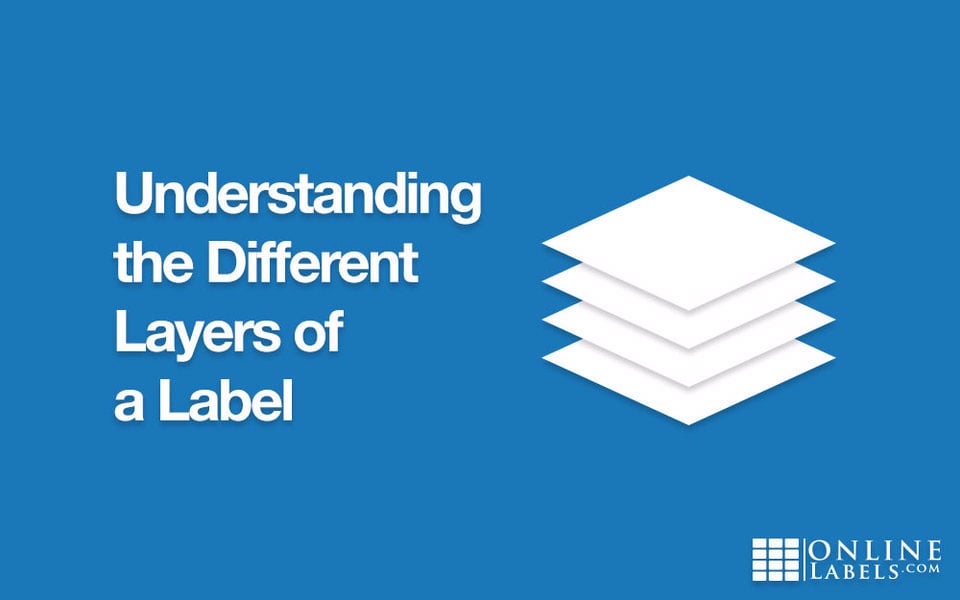The Anatomy of a Label

There are three main components to a label: the facestock, adhesive, and liner. All of these parts come together to make a label sheet. Below is a breakdown of each part and tips for using this knowledge to find a quality label.
1. Facestock
Think of the facestock as, well, the face of your label. It's the non-adhesive side that shows when applied to your surface. Generally, it's also the side that receives the ink/toner. There are different facestock types that work for different situations, some materials work better when exposed to moisture, heat, heavy handling, etc.
Here are some questions to ask yourself when trying to decide on a facestock:
- Where are you applying your label?
- Will it be exposed to moisture or extreme temperatures?
2. Adhesive
The adhesive side is the part that sticks, the middle layer of your label sheet. There are different adhesive strengths with varying levels of tack. While all tacky labels are made to stick, a permanent adhesive will be much stronger than a removable, for example. To determine the strength of adhesive you need, ask yourself:
- What kind of environment will your label be in?
- Will you need to remove your label later on?
Learn more about our label adhesive options and get tips on how to choose an adhesive.
3. Liner
The liner is the very bottom layer of your label sheet. It keeps your labels from sticking together, allowing for easy feeding through the printer. Finding a sheet with a quality liner is just as important as getting a great label. A cheap liner will cause jamming in the printer and quicker paper curling.
4. Top Coat
Top coatings are added to special materials in instances where an extra layer of protection is needed. Consider our popular weatherproof materials, for example. A weatherproof material has the potential to come in contact with moist surfaces and unfriendly conditions, so a topcoat is applied to ensure the material is durable for a variety of uses.
Now that you understand the different parts of a label, browse our materials to find one that works for you! With so many types to fit any job, you're sure to find what you need.
Learn more about labels including A4 vs letter sheets, stickers vs labels, and more in our article centre.


